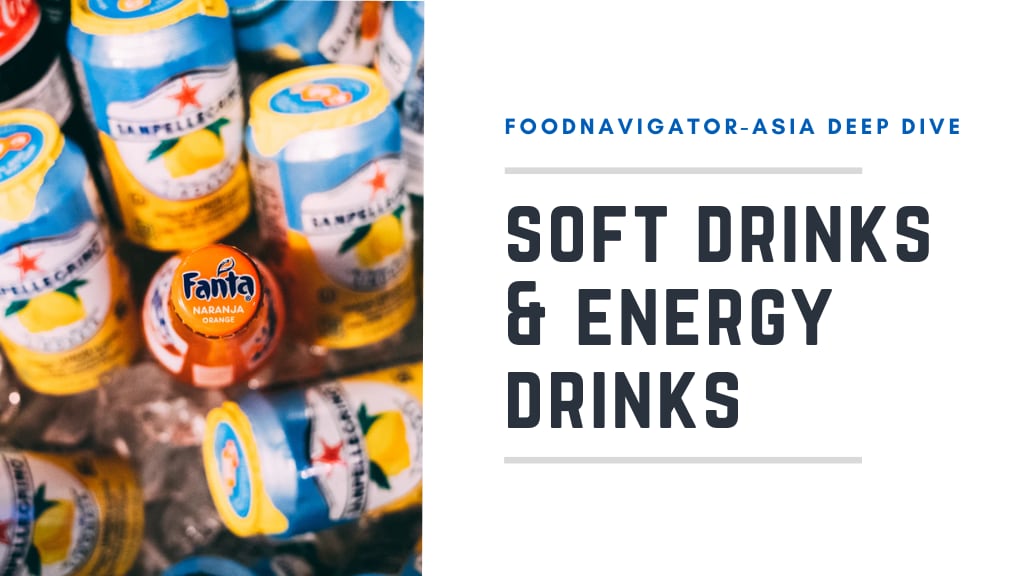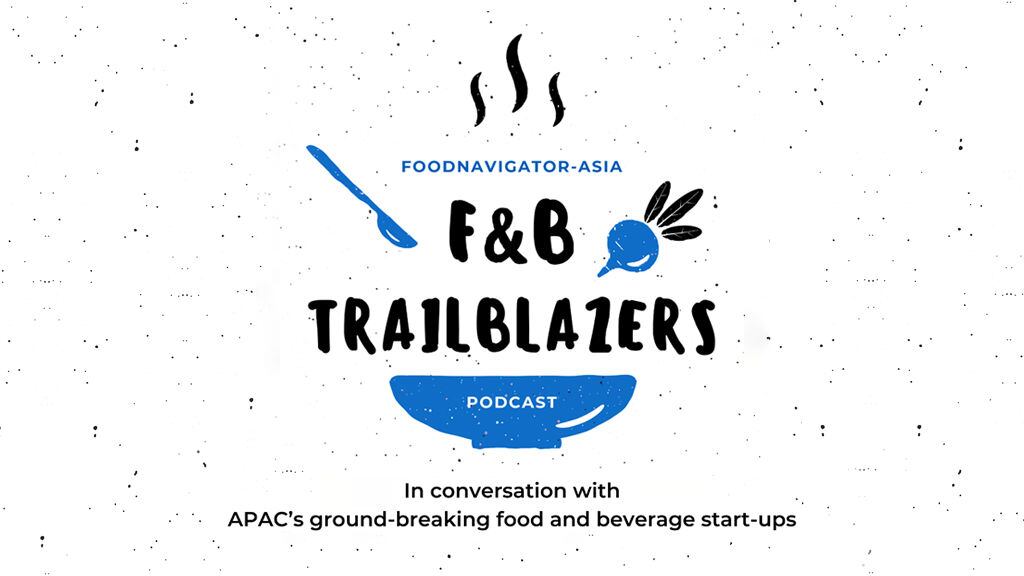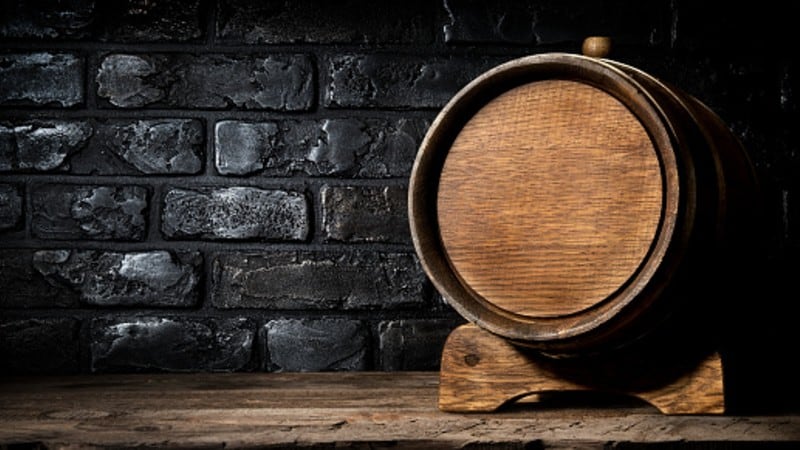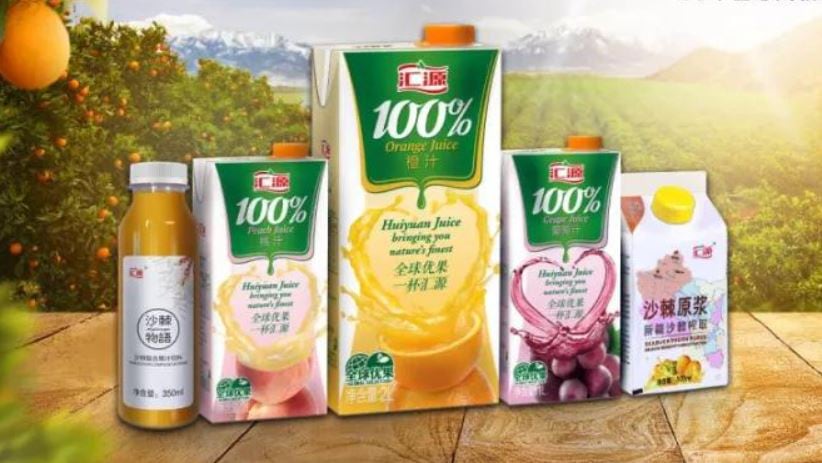Asia has always been a major consumer market for soft drinks, taking up two of the top three spots for revenues generated from soft drink sales worldwide - Japan came in second at US$51.6bn, and China third at US$37.2bn.
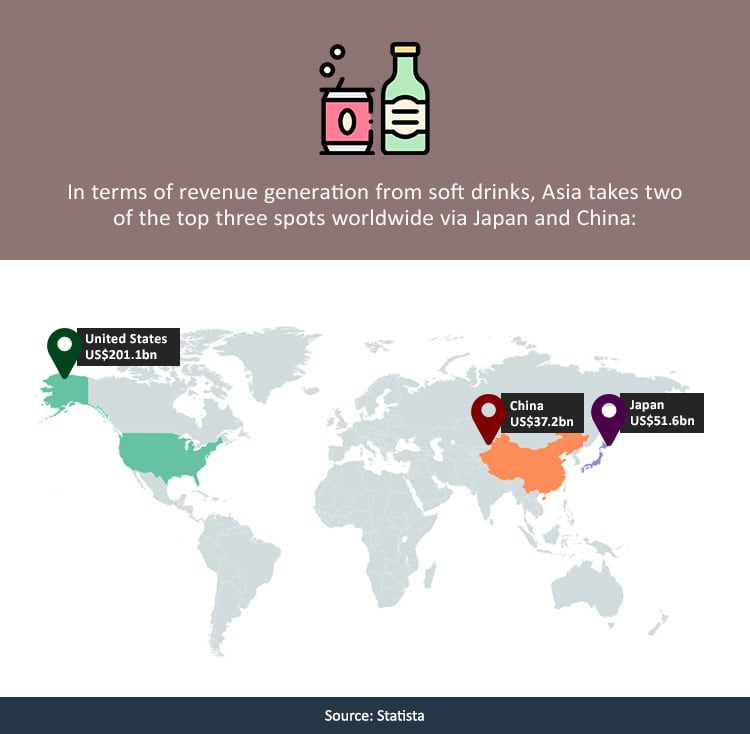
The traditional energy drinks market on the other hand has been a very dominant player in Australia, where it is considered a ‘lifestyle beverage’ for daily consumption, as well as in China which has seen rapid growth in the category over the past decade.
According to Mordor Intelligence, retail sales of energy drinks in China have jumped more than 10-fold from US$1.35bn in 2009 to US$14.35bn in 2019.
But as consumer awareness about health and sugar reduction rises in the region, both these drink categories are facing major challenges in their traditional product offerings which mostly need to be high in sugar to taste good.
“The soft drink market in particular is a very, very mature category here in the APAC region, and has been on end-decline when it comes to consumption-per-capita for years now,” Kanguru Asia Pacific President David Westall, who also used to bed the CEO of Coca-Cola Korea Bottling and Pepsi Cola Bottling Central Asia, told FoodNavigator-Asia.
“It’s managed to remain hidden behind things like price increases and package size changes, but the number of consumption occasions, which is what we in the industry use to measure consumption, is actually significantly lower now than it has ever been in history.”
He explained that traditional energy drinks were the first type of beverage to have hit the carbonated soft drink category, but now many consumers are also falling out of the category after realising its high sugar and caffeine content are not doing their health any favours either.
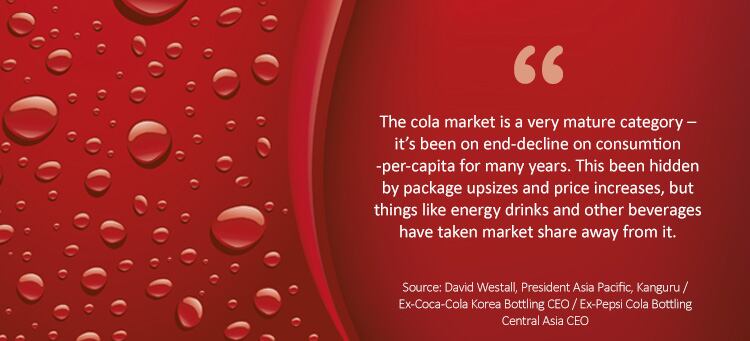
“Especially in Australia, energy drinks are a very aggressive category and very much a part of the Australian lifestyle. It’s dominated by the usual few players such as Coca-Cola and Red Bull and growth is still being seen, but again, it’s more about portion upsizing and not consumption occasion growth,” said Westall.
“Don’t get me wrong, cola is still a very big category right now, but apart from energy drinks it’s also seeing beverages such as fresh juices, sparkling water, and other better-for-you options taking a chunk out of it. And as consumers fall out of the energy drinks category, they’re moving to better-for-you options too – these are growing as a category separate from traditional energy drinks.”
This new better-for-you category comprises of functional beverages with an emphasis on health, wellness and low/no sugar, one example of which is Kanguru’s functional botanical ‘smart drink’ with five botanicals and a myriad of B-vitamins for immune-boosting, currently available in Australia and South Korea.
“That said, in South Korea this is still being marketed as an energy drink because it is still the category that it best fits into as its ingredients such as red ginseng and guarana do provide energy – but we use absolutely no sugar at all times, so it’s definitely not a regular energy drink,” he said.
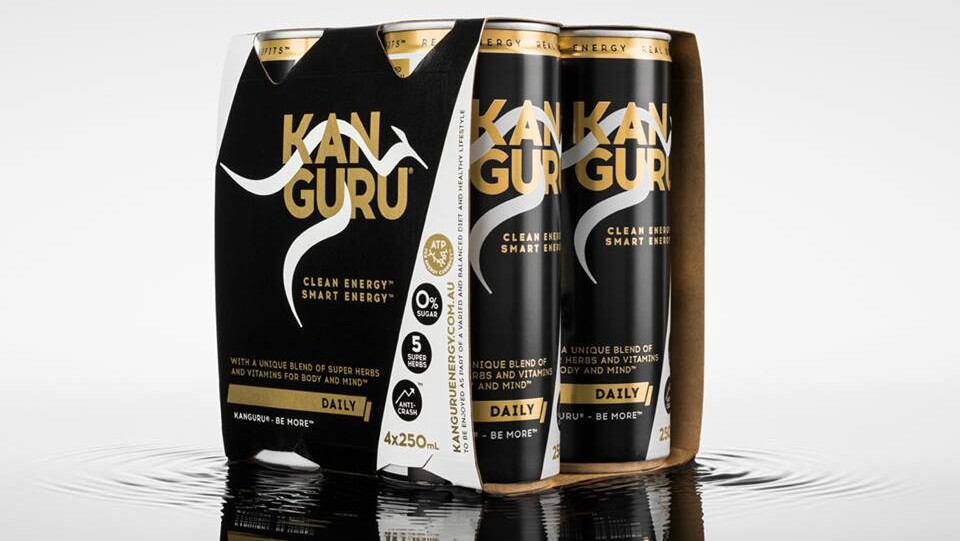
More importantly, the recent COVID-19 pandemic outbreak has accelerated a shift across the board towards drink options which fit the ‘new normal’ of working from home and less energy dedicated to active undertakings.
“The effects of COVID-19 are going to be long-lasting, and the world is not likely to return to where it was,” said Westall.
“People are now looking for something that helps them stay stimulated when staying at home to do things such as playing with their kids, not so much for sudden short-lived bursts of energy. They also now have more time to investigate what they are buying and consuming due to the pandemic – and this is where smart functional drinks like Kanguru are gaining the upper hand.”
Energy shots
Indeed, such is the change in the beverage category that even firms that started out with soft drinks such as Malaysia-based Hausboom - best-known for its sparkling fruit juices which it exports to over 14 countries including China, Japan, Yemen, Oman and Mongolia - has moved to developing functional energy products, but has resisted terming these as ‘energy drinks’.
The new product is called the Boom Energy Shot, and is the first of its kind in Malaysia according to Hausboom Head of Sales and Marketing Eliayes Hamzah.
“In Malaysia, there is no such thing as an energy shot in the market. There are many energy drinks like Red Bull and isotonic drinks such as 100Plus, but energy shots are a totally different segment,” he told us.
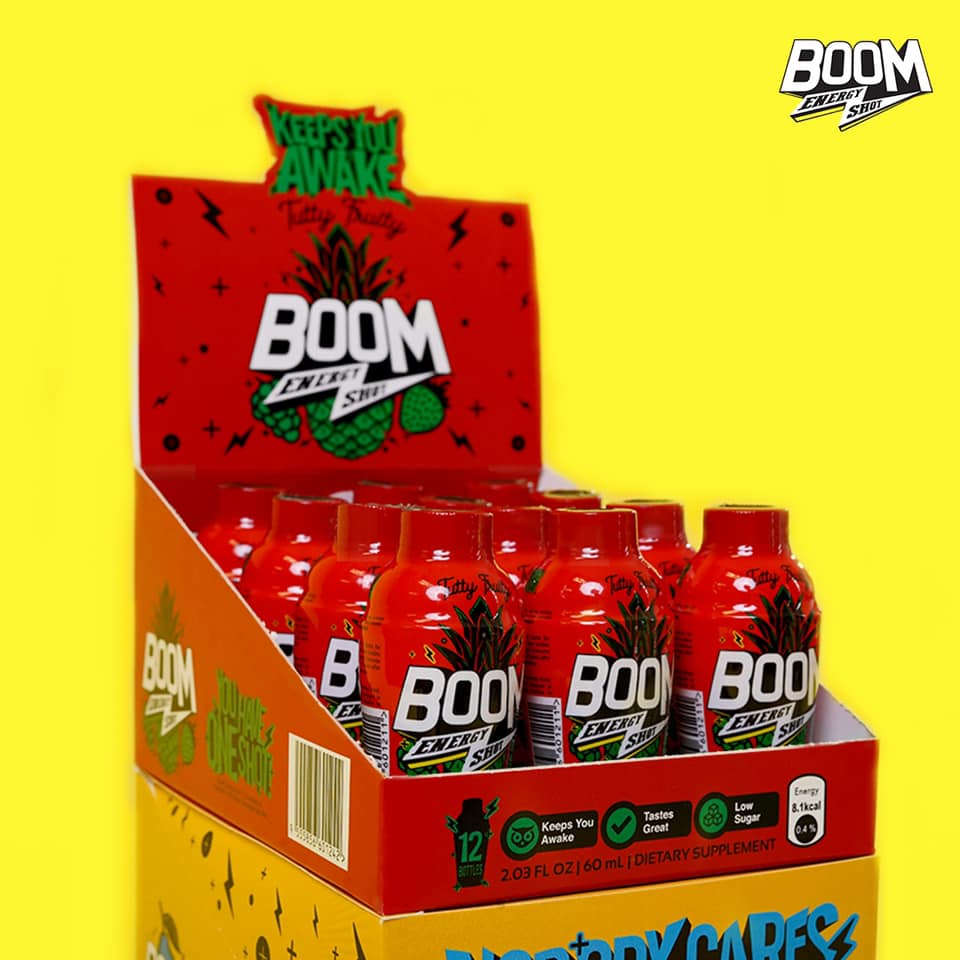
By the firm’s definition, conventional energy drinks are high in sugar which provides the energy boost, but Hausboom’s energy shot is more focused on being an energy stimulant or booster.
“This shot helps them to break down the glucose intake into energy. It is also low in sugar, we want to educate people you should take energy shot instead of energy drinks because of the high sugar content,” said Hamzah.
Each shot contains 0.4g of sugar and 192mg of caffeine per 60mL, and the firm also claims that it has immune-boosting properties due to its vitamin B3, B6, B9 and B12, much like Kanguru’s B-vitamins for immunity-boosting, clearly a popular theme in product development especially due to COVID-19.
“We hope to convert our Hausboom customers (sparkling fruit juice) to Energy Boom Shot customers,” said Hamzah.
“Hausboom sees a huge market gap here, and huge potential for a new product to enter the South East Asian market.”
Stagnancy observed by big players too
Apart from these relatively newer players, traditional big companies such as Pokka have also noted the slowing in growth of the soft drinks market, especially carbonated soft drinks, as consumers move to substitute soft drinks high in sugar to those with zero sugar and healthier ingredients.
“Demand in South East Asia is stagnant [for carbonated soft drinks], and we expect to see a further slowdown in the future as a result of sugar-reduction initiatives launched by the various governments,” Pokka Group CEO Rieko Shofu told FoodNavigator-Asia.
“The only exception here is Vietnam due to the very young population there, so there is still a great appetite there for carbonated soft drinks.”
Some of the government initiatives within the South East Asian region to curb sugar intake include public campaigns in Singapore and sugar tax implementations in Philippines and Thailand. This has driven many beverage companies to reformulate their products and innovate in this area to ensure business survival, such as Pokka.
“For instance, consumers are focusing on their mental well-being and looking for products with relaxation benefits, whereas in terms of product innovation, ingredients with both physical and mental functions are on-trend now,” said Shofu.
Ingredient manufacturer Kerry concurred, telling us that consumers’ busy lifestyles have created an opportunity for energy drinks that offer stress relief and relaxation or other such mood enhancement functions.
Watch the video below to find out more:
Sugar reduction
Industry associations we spoke basically agreed with the trends above, believing that low and no-sugar drinks will be the future of the industry for at least the near future – but disagreed that it is the end of the road for sugar-sweetened drinks.
“There has been a significant shift in consumer purchasing behaviour of non-alcoholic beverages [since] 1997 and this is anticipated to continue over the next five years,” Executive Director of the International Council of Beverage Associations (ICBA) Asia-Pacific Regional Group and Australian Beverages Council CEO Geoff Parker told us.
“[In Australian for example, consumers] will see more low- and no-sugar drinks, including more flavoured water products alongside many of their favourite sugar-sweetened drinks.
“[Research has found that in Australia] 59% of water-based drinks purchased are now low and no-sugar choices compared to 36% in 1997, [volume] sales of no-sugar drinks have almost doubled in the years since 1997, mainly because of the rise in bottled water, while no-sugar drinks have outsold sugar-sweetened drinks since 2015.”
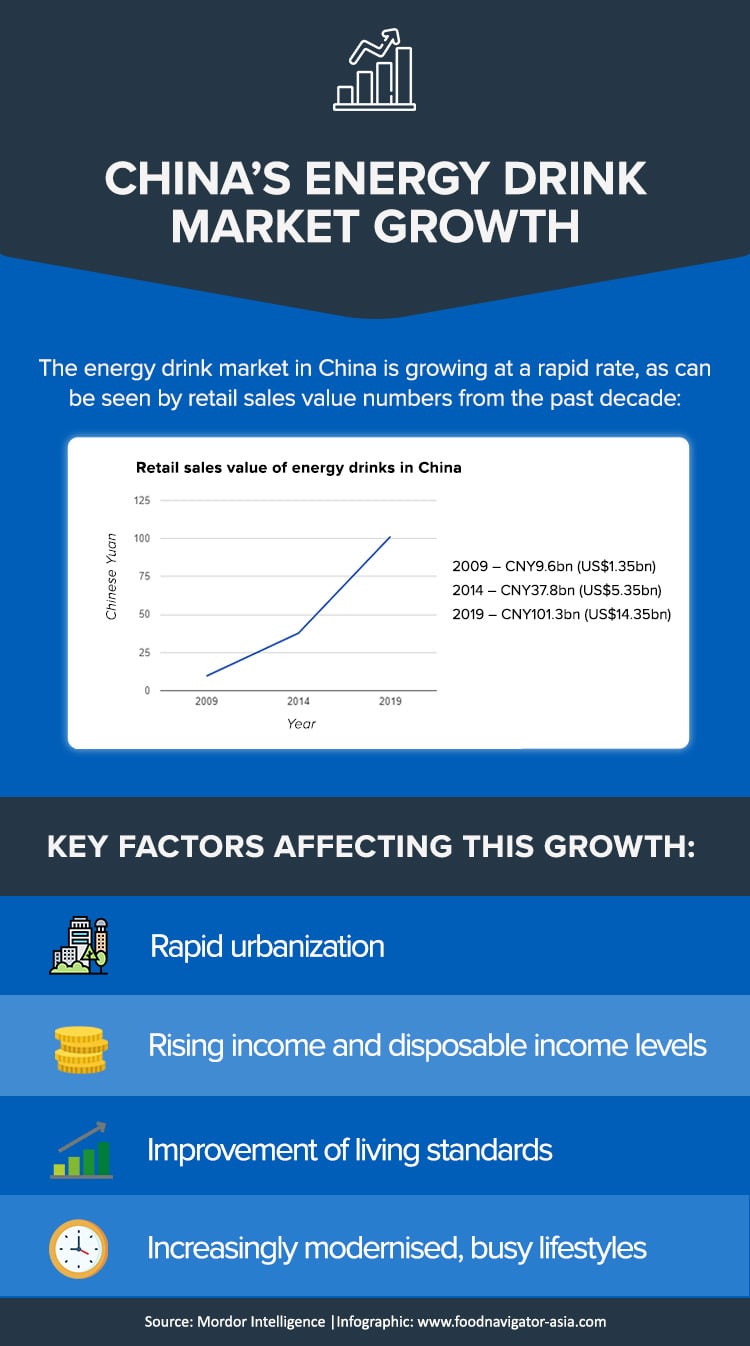
Sugar reduction is a major priority in Australia due to the industry’s sugar reduction pledge (20% reduction by 2025) by emphasising initiatives such as reformulation, promotion of smaller packs, increasing sales volume of low- and no-sugar beverages as well as placing a limit on sugar content in new product development.
“We anticipate that many markets across the Asia-Pacific will follow Australian trends by favouring greater choice in low- and no-sugar drinks and flavoured waters,” said Parker.
Of note here is that the Council classifies energy drinks as part of the functional beverage category along with sports drinks – as a whole, the category is expected to grow at 3.4% annually from now until 2024/2025.
No specific distinction has been made based on sugar or caffeine content within the energy drinks in this category, although ‘health-related’ drinks such as prebiotic-enriched items that are generally low in sugar (e.g. kombucha) are expected to see growth.
“Currently, health beverages make up 18.2% of the functional beverage category, and are likely to continue to grow as consumers continue a long-term trend of increased health consciousness,” said Parker.
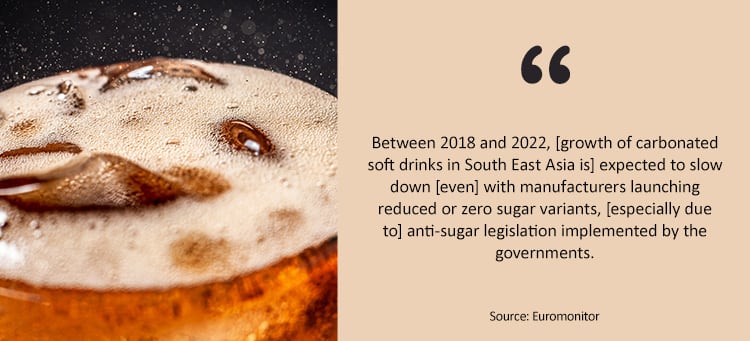
Food Industry Asia’s Food Industry Policy Director Steven Bartholomeusz added that sugar reduction trends were similar in Asia, driven by consumer demand.
“The Asia Reformulation Landscape Report [found] that sugar, is one of the biggest dietary concerns for consumers. They often look out for information related to sugar content when checking a product’s nutrition label [and sugar also] plays a key role in providing texture and preservation,” he told us.
“With consumers in Asia becoming more health conscious but still prioritising taste as being the most important element, sugar reduction in beverages has been a key focus in all markets (in Asia) where the study was carried out.
“This has spurred demand for substitutes that impart sweetness with significantly fewer or no calories, which has in turn pushed the F&B industry to develop a wider range of reduced, low or no-added sugar product variants.”
Flavour localisation
In addition to ingredient reformulation and sugar reduction, beverage companies are also trying to attract consumers by localising its product flavour innovations, including big names such as Coca-Cola and Pepsi.
An especially clear example of this has been with Coca-Cola India which has been launching ‘hyperlocal’ flavours and products for the past several years, including Minute Maid Colour (grape-flavoured drink targeting Tamil Nadu) and Litchi Treat (lychee-flavoured drink targeting East India).
“As part of Coca-Cola India’s hyper-localisation strategy, we are advancing the beverage localisation and developing an ethnic beverage portfolio to suit the palates of consumers in distinct regions of India,” a Coca-Cola India spokeswoman told FoodNavigator-Asia in a statement.
“Minute Maid Colour in Tamil Nadu [is made from] Southern Indian Honeyball/Panneer grapes, [and] Litchi Treat launched in West Bengal, Bihar and Jharkhand [as] consumers in East India have a special love for litchis.
“[There] is a robust demand across India for such beverages. [More and more] consumers are leaning [towards] familiar ingredients and flavours.”
[PepsiCo pic]
PepsiCo also recently-launched an Osmanthus-flavoured Pepsi in China, the first ever local flavour developed in the country.
“We found that flavours [from the global portfolio such as vanilla, cherry or fruity variants] generated some interest, but the relevance for local (Chinese) consumers was not very significant,” PepsiCo APAC CMO Lilly Yip told us.
“The GenZ consumers are very proud of their own culture and want a product that has local relevance with local comfort ingredients.”
The future of beverages
The beverage industry in countries across the APAC region have been hit to varying degrees by COVID-19, and Parker believes that this will continue for some time.
“It is clear that the COVID-19 outbreak has caused significant economic damage around the world, and the disruption caused is expected to pose ongoing challenges for the drinks industry [in various] markets across the Asia-Pacific,” he said.
“Social distancing rules and concerns over contracting COVID-19 have led more people to eat (and drink) at home, rather than dining out so [even as restrictions ease], it will be some time before the drinks industry fully returns to the volumes of product sold through cafes, bars, restaurants and pubs.”
The pandemic has also had significant impacts on large events and leisure activities such as movie theatres due to social isolation measures, most of which are still prohibited across the region and where beverages are normally sold in large amounts.
Although retail sales are expected to take less of a hit, Parker added that price will be a major area of focus for consumers at this time.
“During tough economic times, consumers will often look for increased value from their grocery bill and so it is likely that sharper priced private label products may benefit from this trend due to declining discretionary income,” he said.
As it is, what is clear is that for both soft drinks and energy drinks firms in APAC, maintaining status quo is not enough to guarantee their positions in the current beverage market and it remains to be seen whether initiatives to reformulate and localise are sufficient to keep these from eventually being edged out by newer, healthier, more functional alternatives.


